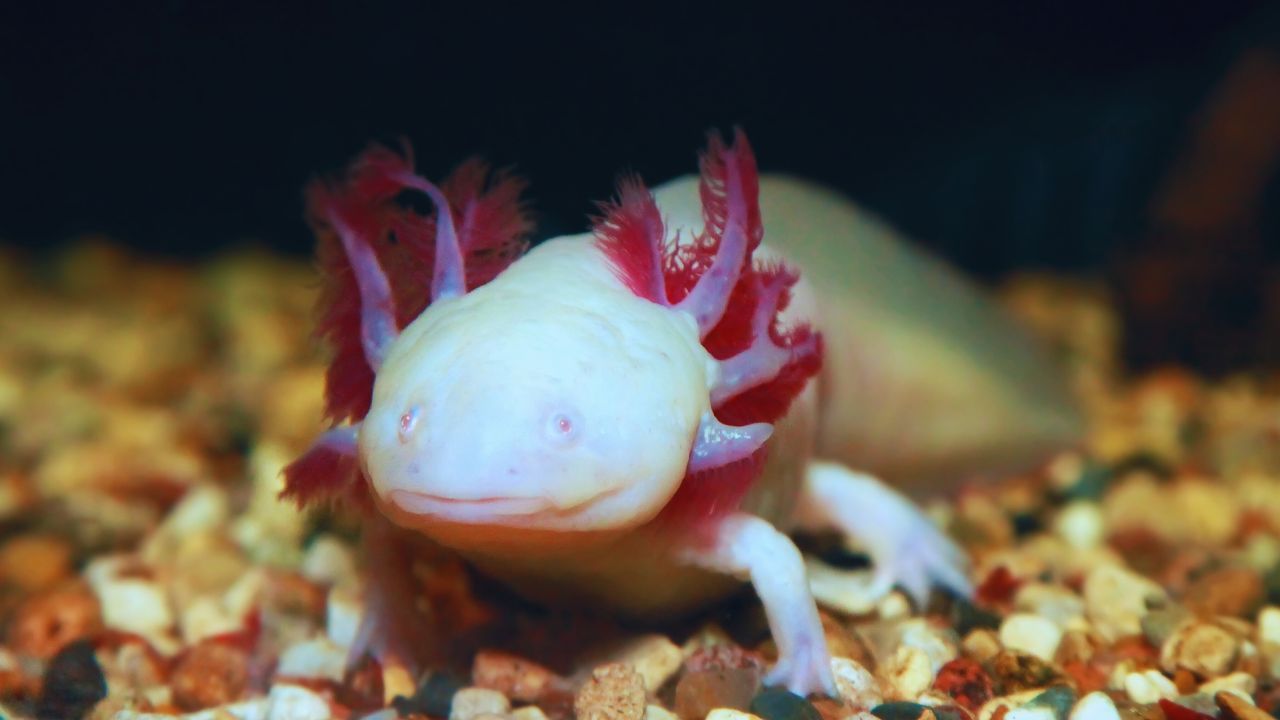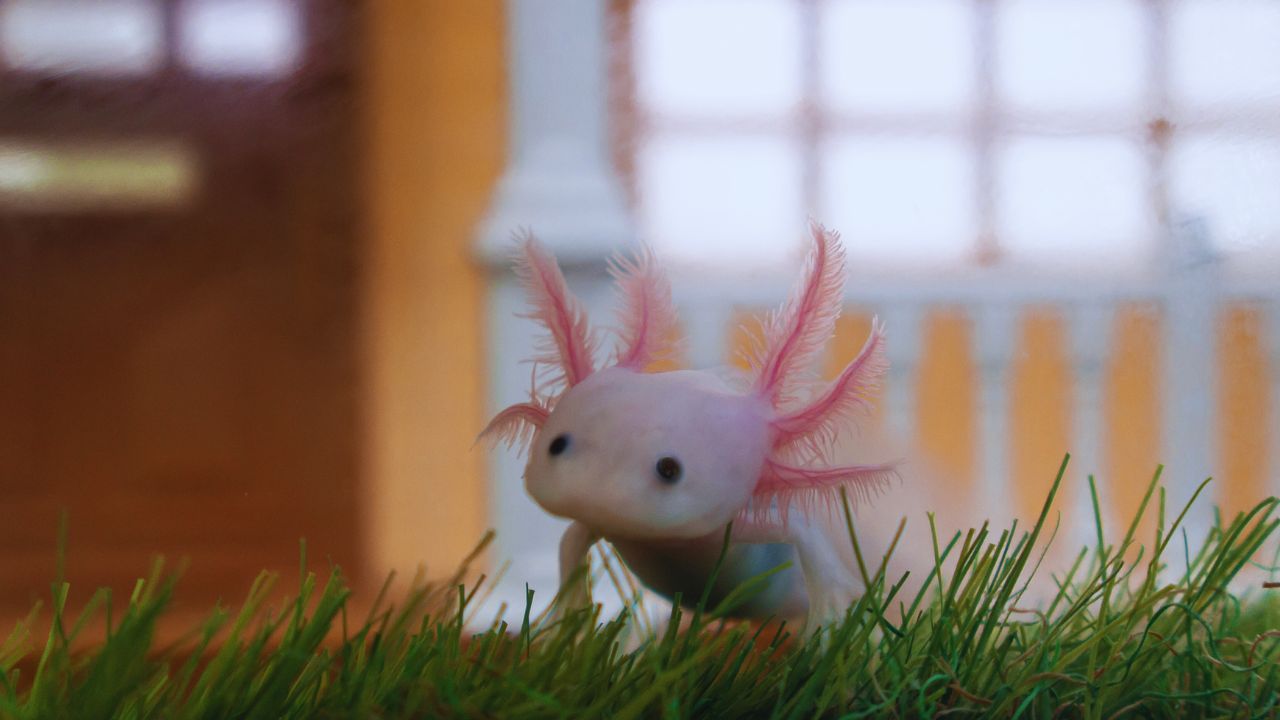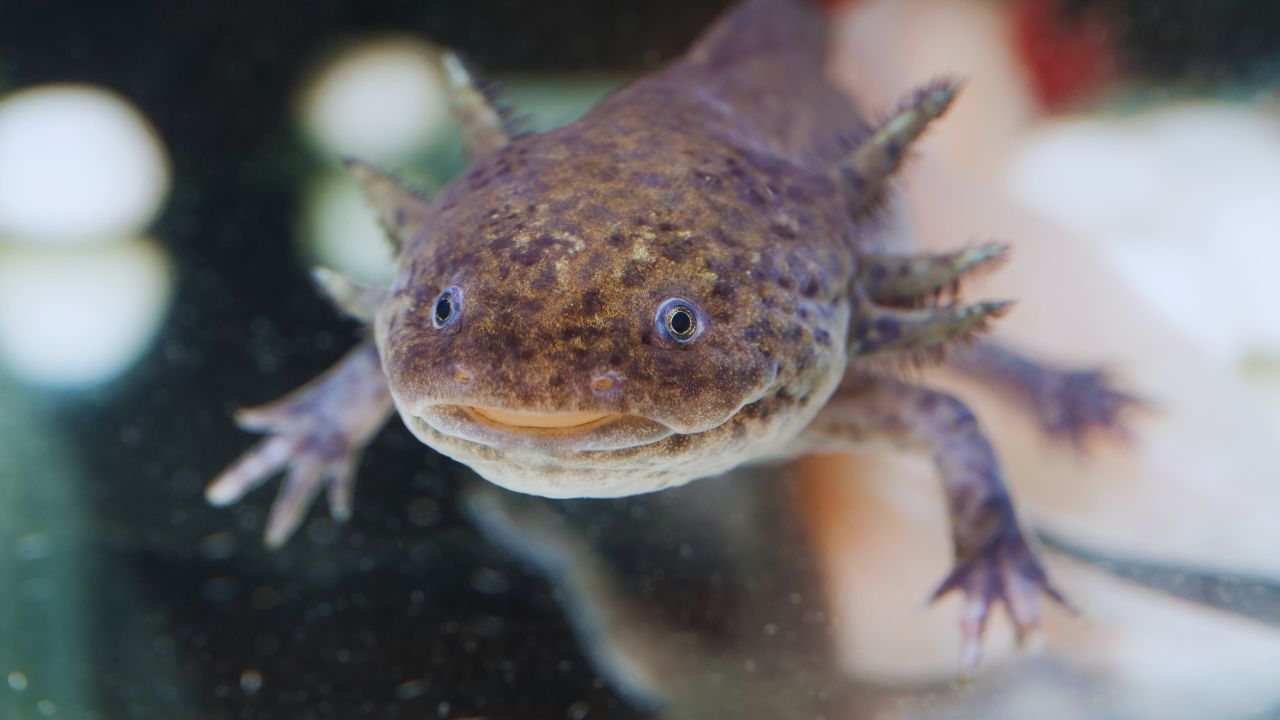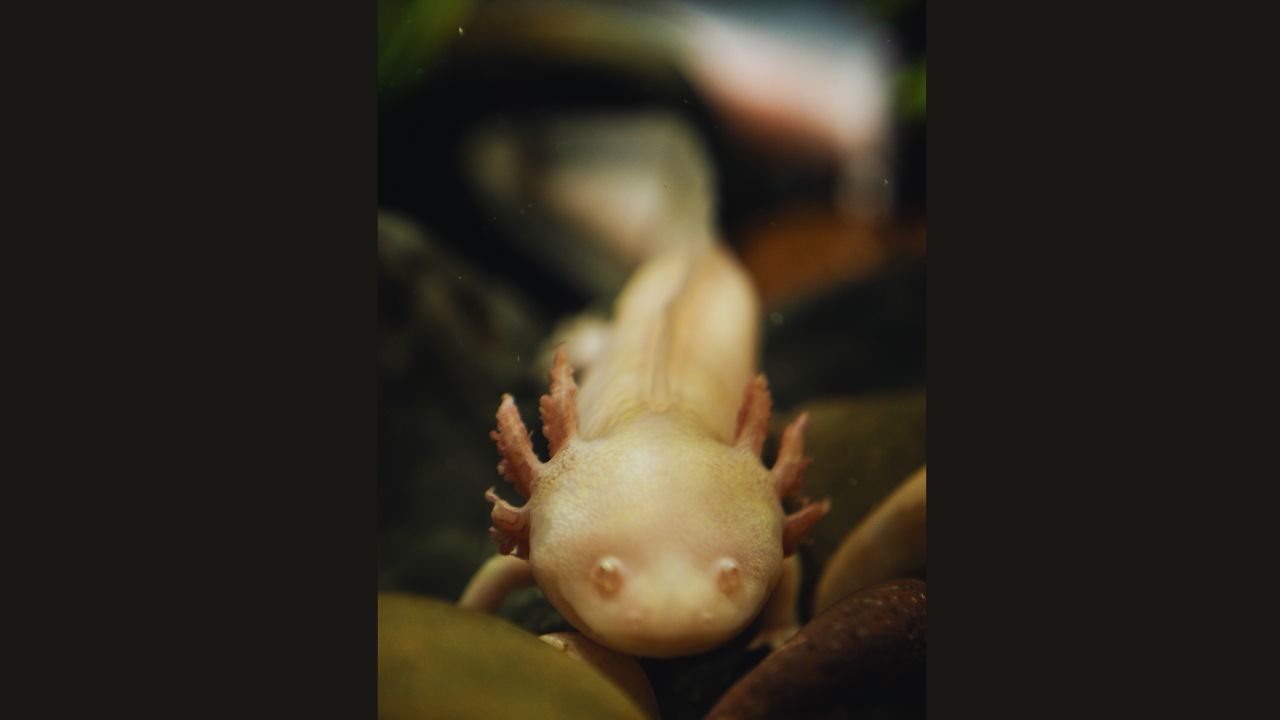Understanding the Axolotl: Diet, Ecology, and Conservation
One of the rare types of salamanders, the axolotl, is an amazing animal with many amazing traits. The axolotl, formally named Ambystoma mexicanum, is highly valued in Mexican science and culture. Given that it is named after the Aztec deity of lightning and fire, it has cultural importance. The axolotl is a species that is native to Mexico City’s freshwater waters of Lake Xochimilco. It defies the expectations of typical amphibian life phases by maintaining its larval characteristics throughout maturity, a phenomenon known as neoteny. The axolotl’s ability to spend its whole life underwater is a biological marvel that permits it to maintain juvenile traits like gills and a finned tail while completely adapting to an aquatic environment.

Beyond its fascinating life cycle and looks, the axolotl’s nutrition is an essential component of its biology. Knowing what axolotls consume may help us better understand their natural behavior and the difficulties they encounter in their rapidly disappearing environment, both in the wild and in captivity.
The Axolotl’s Diet
As predators, axolotls eat a wide range of tiny aquatic creatures. In the wild, they eat a variety of different things, but mostly worms, tiny fish, tadpoles, snails, and other small invertebrates. They eat on everything tiny enough to fit in their jaws, making them opportunistic feeders. Axolotls are known to be worm-lovers, but they will eat almost any animal they can capture since they are not very picky eaters.
Axolotls seek near the bottom of lakes and rivers as benthic feeders in their natural environment. They have an effective and rather unusual way of catching prey for themselves among amphibians. To swallow their meal, axolotls employ a suction mechanism that creates a vacuum that draws substrate and prey into their mouths. They may efficiently feed on tiny, movable food that is found in the substrate of their watery habitat because of suction feeding.

It’s interesting to note that cannibalistic behavior has been seen in axolotls, especially in situations when food is limited. When axolotls are young and there are no alternative food sources, they may bite off portions of their siblings’ limbs. The amazing regenerative powers of axolotls, which include the ability to regenerate damaged limbs as well as sections of their heart, lungs, and brain, are believed to be attributed in part to their cannibalism.
Axolotl Diet in the Wild and Captivity
| Category | Wild Diet | Captivity Diet |
|---|---|---|
| Primary Diet | Insect larvae, worms, small fish, tadpoles, and snails | Earthworms, bloodworms, brine shrimp, and daphnia |
| Feeding Method | Suction feeding, benthic hunting | Freeze-dried, frozen foods, axolotl-specific pellets |
| Special Behaviors | Cannibalism, opportunistic feeding | Can be fed lean beef/chicken in small quantities |
| Feeding Frequency | Nighttime feeders, daily for juveniles, less often for adults | Daily for juveniles, every other day for adults |
| Preferred Foods | Worms (especially): anything small enough to swallow | Bloodworms, earthworms, and crustaceans like daphnia |
Feeding Axolotls in Captivity
In order to maintain the health and wellbeing of axolotls as pets, it is essential to adhere as closely as possible to their natural diet. For pet axolotls, brine shrimp, earthworms, bloodworms, and tiny aquatic crustaceans like daphnia are the most often suggested feeds. These meals boost the development and general health of axolotls by providing essential nutrients and emulating their natural diet.
Lean beef or chicken parts may also be offered to pet axolotls, but only in modest amounts to prevent any possible stomach problems. Live food has the potential to introduce illnesses or parasites, even though it is more similar to what axolotls would consume in the wild. Because freeze-dried or frozen meals are safer and yet contain enough nutrients, many axolotl owners prefer them. Additionally offered are specialized axolotl pellets, which might be a practical and well-balanced nutritional choice.

It’s important to take into account the eating habits and natural habitat of axolotls while providing for them. Axolotls are bottom feeders; thus, the substrate in their tank should consist of tiny, safe-to-eat pebbles or fine gravel. Larger stones and sharp items should be avoided since they might create internal obstructions or provide a choking danger.
Depending on their age, axolotls have different eating schedules. Axolotl juveniles need to be fed more often, usually once a day, in order to sustain their fast development. However, adult axolotls only need to be fed once or twice a week; one or two meals will be enough. Axolotls have an insatiable hunger, yet they can go up to two weeks without food, but it’s not a good idea to do this on a regular basis. Overfeeding may have a negative impact on their health by causing problems including constipation and gastrointestinal obstructions.
| Aspect | Details |
|---|---|
| Feeding Habits | Axolotls are bottom feeders and rely on a strong suction force to consume prey along the lakebed. |
| Preferred Substrate | Fine gravel or small rocks, safe to ingest, should be used in captivity to avoid choking hazards. |
| Cannibalism | Juvenile axolotls may engage in cannibalism, which is linked to their regenerative abilities. |
| Overfeeding Risks | Overfeeding can cause constipation and gastrointestinal blockage in axolotls. |
| Feeding Adjustments | Juveniles need daily feeding; adults eat less frequently, often every other day. |
Scientific Studies on Axolotl Nutrition
Studies on the food requirements of axolotls have yielded important information on what to feed them, especially when they are young. One important piece of research looked at how various meals affected the young axolotls’ pace of growth. Three diets were evaluated in the study: one that was high in bloodworms, one that was high in daphnia, and a mixed diet that included both.
The findings showed that young axolotls grew at the quickest rate when fed mostly bloodworms. In terms of fostering quick growth, this diet fared better than both the mixed diet and the diet high in daphnia. The results of this research indicate that bloodworms are a superior food option for young axolotls, promoting their development more successfully than other food sources, even if it was not intended to provide strict dietary recommendations for axolotl owners.

This study emphasizes how critical it is to understand the unique dietary requirements of axolotls, particularly in the early phases of their lives. Giving them the proper food may have a big influence on their development, health, and general wellbeing.
Axolotl Conservation Status and Habitat Challenges
The Threat of Extinction
Axolotls face an existential danger in the wild, despite being popular pets and having significant scientific value. Axolotl populations in the wild are at risk of becoming extinct, according to the International Union for Conservation of Nature (IUCN), which has classified the species as critically endangered. Urbanization, pollution, and the introduction of alien species have caused significant degradation of their original environment, which is mostly Lake Xochimilco in Mexico City.
During the last century, Lake Xochimilco has seen major changes to its previously huge and vibrant environment. Axolotls and many other species have lost vital habitat as a consequence of the lake being drained and contaminated due to Mexico City’s growth. The issue has also been made worse by the introduction of non-native fish species like African tilapia and Asian carp. Axolotl populations are sharply declining as a result of these fish, which not only feed on their young but also compete with them for food.

The axolotl is being protected from extinction by conservation efforts, although there are several obstacles in the way. Restoring their natural habitat is a top priority, and Lake Xochimilco’s water quality is being improved and invasive species are being eliminated. To guarantee the species’ survival, captive breeding programs have also been created in Mexico and elsewhere. The goal of these initiatives is to someday return axolotls into their native environment by breeding them in captivity.
But the situation is still grave. Less than 30 wild axolotls per acre in certain parts of Lake Xochimilco, according to recent assessments, is a dangerously low number. It’s hard to say for sure how many axolotls are left in the wild, although estimates put the number closer to a few hundred.
The Future of the Axolotl
Although the axolotl’s future is unclear, conservation efforts should continue in the hopes of keeping it from becoming extinct. Due to its distinct biology and cultural importance, the axolotl is considered a symbol of Mexico’s natural heritage. The extinction of this species would be catastrophic for both the scientific community and biodiversity.
Axolotls have gained international recognition due to their capacity for regeneration as well as the difficulties they face in conservation. Growing public awareness of the axolotl’s predicament may lead to a rise in support for conservation initiatives in Mexico and abroad.

With a food and way of life that have captivated both scientists and pet lovers, axolotls are a unique species. Conservation of axolotls depends on our ability to comprehend what they consume, how they live, and what hazards they encounter in the wild. It is possible that this remarkable species may continue to flourish in captivity as well as in the wild, with the correct efforts.





